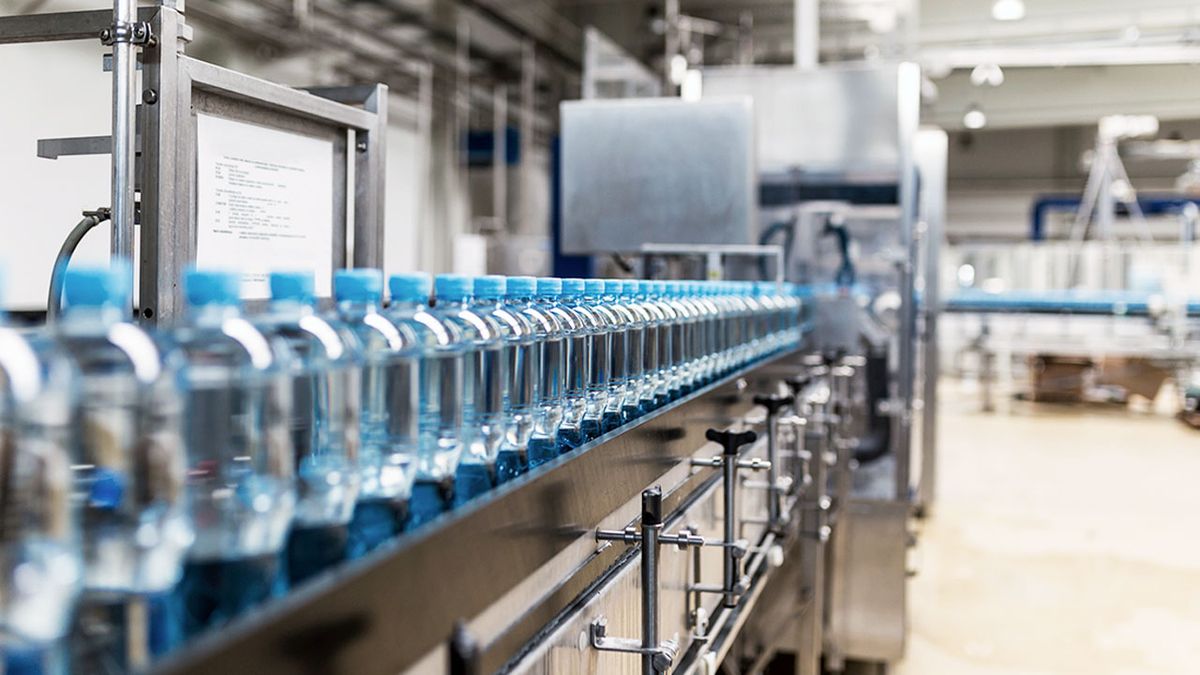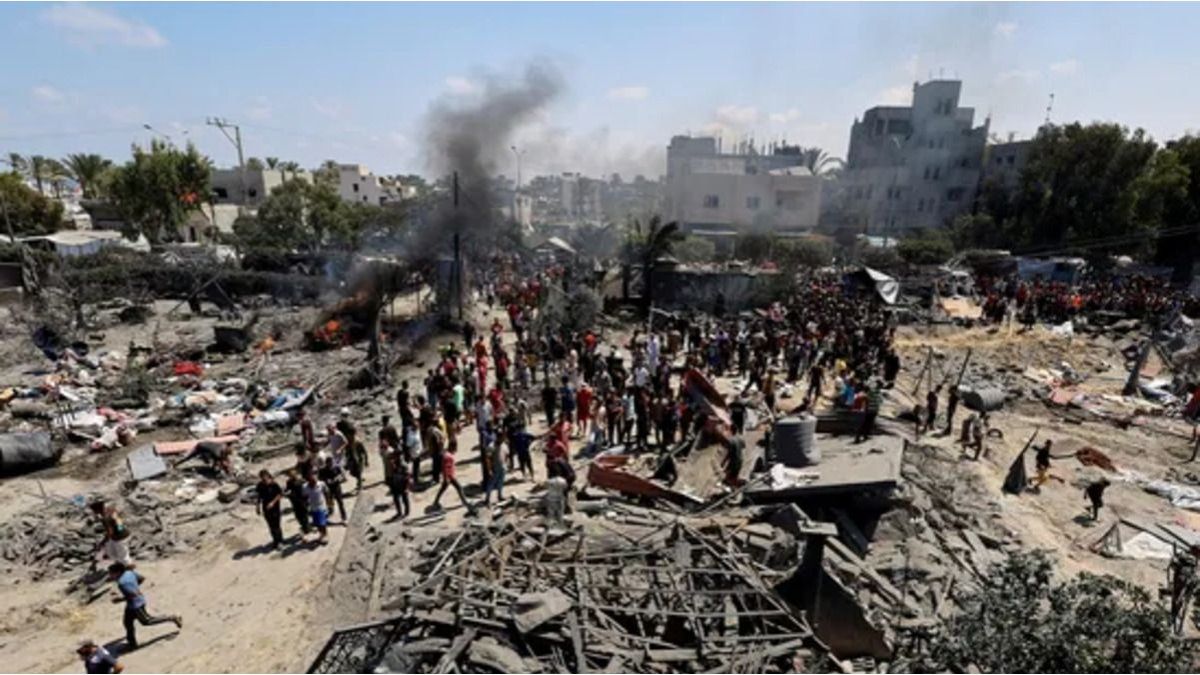Drink bottles and grain bags; pharmaceutical bottles and structures for auto parts: Packaging is present both in everyday life and in all stages of the industry’s production process. Furthermore, they represent one of the axes of the marketing innovation: Packaging is the first contact that the consumer has with the product.
Within this framework, development processes continue to strengthen the industry and enable mechanisms that allow the reuse of packaginggenerating awareness and direct climate impact. Simultaneously, the influence of the pandemic – which motivated andThe exponential growth of delivery and online shopping– and new technologies implied a necessary transformation in the objectives of the sector, which continues to grow in the country.
The figures from the packaging industry draw attention: the More than 4,000 companies involved employ about 400,000 people and generate an estimated economic movement of US$3,000 million.causing an impact close to 2% of GDP, according to the Argentine Packaging Institute (IAE), an entity that brings together companies in the sector since 1969.
Director of the Argentine Packaging Institute: “We will soon see the arrival of AI”
In that framework, the director of the IAE, Jorge Acevedoexpressed what were the main changes in recent years and the characteristics of such a dynamic and transversal sector of the economy. “There are new materials, there is a lot of materials engineering. In terms of use, there is a predominance of paper and plastics. 80% of the materials used in the production of cardboard packaging, which is paper, comes from recycling“, he stated.
“New consumer trends also require specially designed packagingsuch as those generated by the flow of online purchases. During the pandemic there was an explosion in delivery and the packaging industry had to respond to this unprecedented challenge. Currently, even supermarket purchases are resolved through platforms. The packaging is not only a container, it must ensure that the product arrives in optimal conditions at the time of consumption. There is a lot of engineering behind it to make that happen.“he explained.
Urban Recyclers Buenos Aires Garbage Recycling.jpg
Recycling cooperatives in Buenos Aires.
Photo: Juan Ignacio Roncoroni – EFE.
Regarding the impact of new technologies, Acevedo assured that “they are enormous, both in materials and design technologies. I am sure that we will soon see the arrival of artificial intelligence that will take us to a higher stage. A change comparable to that which, at the time, was produced by the arrival of computing in industrial processes.“In the same way, AI will allow us to nourish ourselves with elements that, until recently, we did not have,” he reiterated.
Environmental care in packaging
Acevedo himself emphasized one of the most pertinent aspects when evaluating packaging management: the environmental care. ““The trees used are specially planted, they are not native forests.”he assured when referring to the box industry, but clarified that “the problem is not the packaging, the issue is seeing where they go after use. The proper final disposal of post-consumer packaging requires investments and infrastructure that many jurisdictions did not undertake. In our country there are still more than five thousand open dumps.”
In that sense, he stated that they are “developing, within the Institute, a voluntary management system. Companies will be responsible for promoting and disposing of their products.. Something that goes beyond concentrating them in deposits after use. The idea is not to have a law that requires it but rather that the companies themselves choose to subscribe and recycle their post-consumer products.”
Finally, he lamented that in the recycling containers There are “many people who throw away anything and do not collect it within the established times, which causes contamination and pests. The central thing is to raise awareness through education, in addition to controlling and fining those who do not comply with the rules.. From the Institute we participate in training for municipalities and cooperatives, continually. We have a commission, Packaging and Environment, that primarily deals with that, with interaction with legislators.”
Source: Ambito




